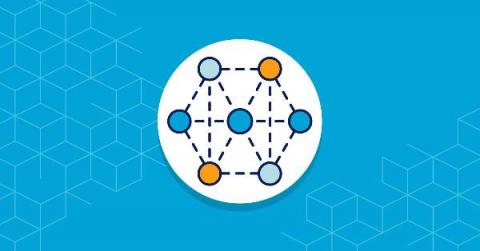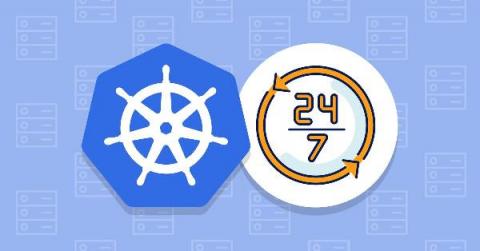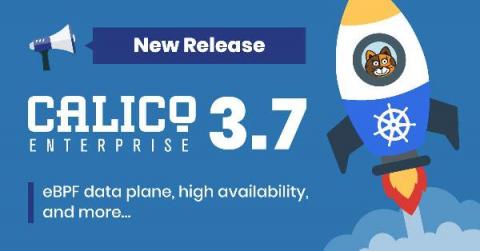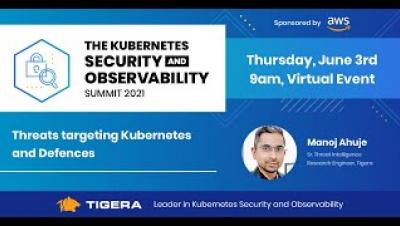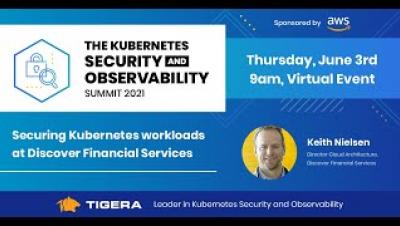A Sneak Peek at the "Calico Certified Operator: AWS Expert" Course
Recently, we released our new “Calico Certified Operator: AWS Expert” course. You can read more about why we created this course and how it can benefit your organization in the introductory blog post. This blog post is different; it’s an opportunity for you, the potential learner, to get a glimpse of just a few interesting parts of the course. You won’t learn all the answers here, but you’ll learn some of the questions!



